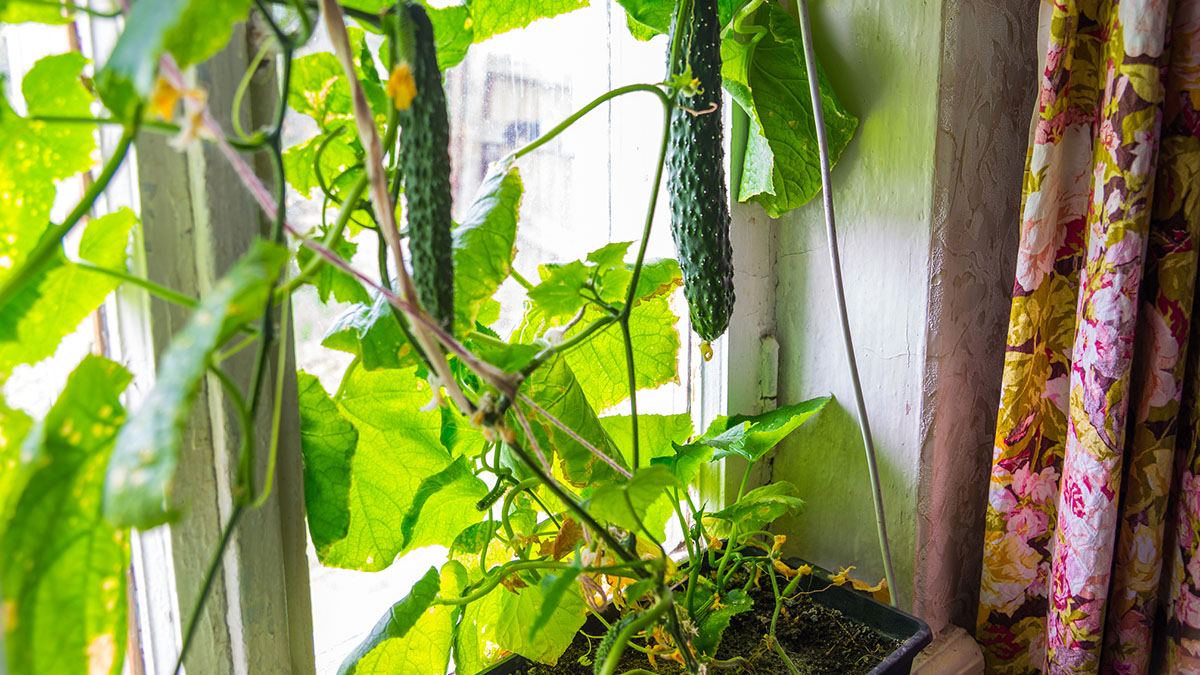Delicious Foods That You Can Grow Inside Your Home
The prices of produce are constantly on the rise, not to mention if you want organic produce. One way around paying an arm and a leg for groceries is to grow your some of your own food right at home. Whether you have a garden or not, there are some fruits, vegetables, and herbs you can grow to save some of that well-earned cash. You can use troughs on your windowsill or bigger pots on your porch. If you have land for gardening, even better! You can also look into local community gardens in your neighborhood.
Every one dollar spent on seeds can save you between twenty-five and seventy-five dollars at the grocery store. As Ron Finley, guerilla gardener, said during his TED talk, “growing your own food is like printing your own money!”
Tomato, Tomatoe

Tomatoes are a great addition to any garden, whether it is indoors or outdoors. Begin by filling a seedling starter tray with starter mix or potting soil with water. Poke one hole a quarter inch deep in each cell, and insert three seeds into each hole, covering afterward. When your seedlings begin to sprout you will need to move them to an area in which they can receive eight hours of sunlight each day. If this is not possible, look into getting artificial lighting systems.
When your seedlings have produced one or two sets of leaves, remove them from their cells and transplant them into larger pots—a five to ten-gallon pot or trough is perfect. Remember to keep the soils moist, and set a fan or tap the stock of the plant to mimic conditions for pollination. Your tomatoes will be ready for harvest within two to three months. If you have any tomatoes that remain green during the time of your harvest, pluck them and let them sit in a bowl with an apple to hasten the ripening process.
Now that you know how to grow tomatoes, keep reading to learn how to add juicy cucumbers to your indoor garden.
Cool As A Cucumber

Cucumbers need lots of room to grow, so you will need quite a large pot for them. However, you can grow them in hanging pots as well. Place small stones in the bottom of the pot for better drainage and to ensure the roots do not get soggy. Fill the rest with a half and half soil and compost mixture, then plant four to five seeds approximately half an inch deep in the soil and half an inch from each other. Now make sure your pot is in a position to receive six or more hours of sunlight each day.
When the plants begin to grow to a height of two to three inches, identify the two strongest and eliminate the rest from the pot. As the two plants reach approximately ten inches, remove the smaller, weaker plant. Continue watering your last plant, so the soil stays moist. You should have cucumbers within fifty to eighty days.
Now learn how to grow green beans in your indoor garden.
